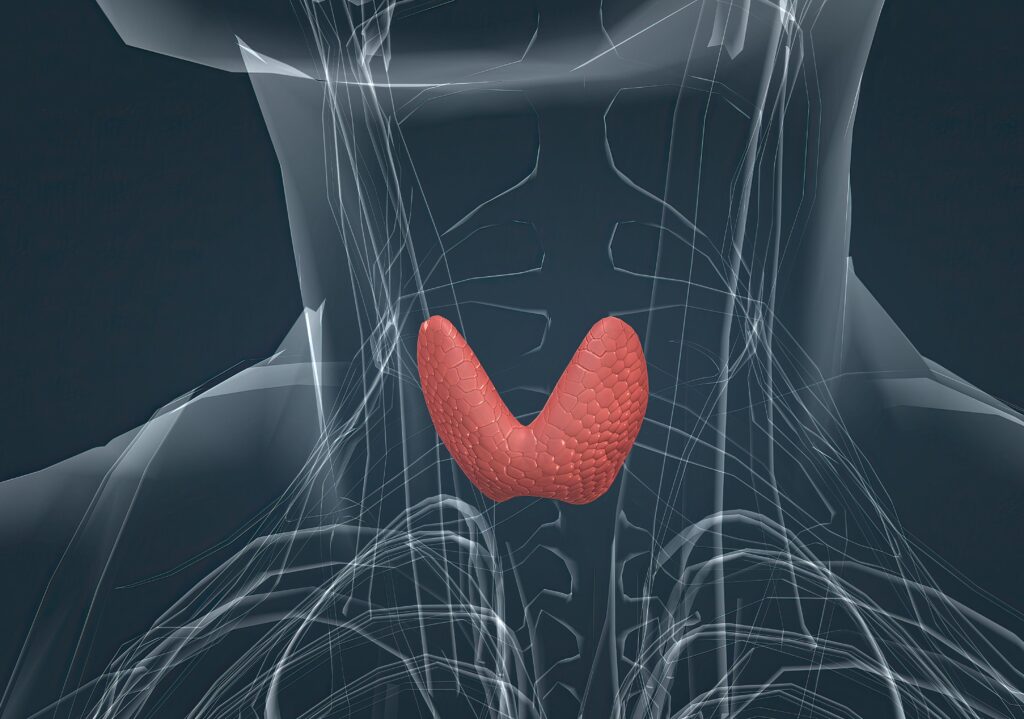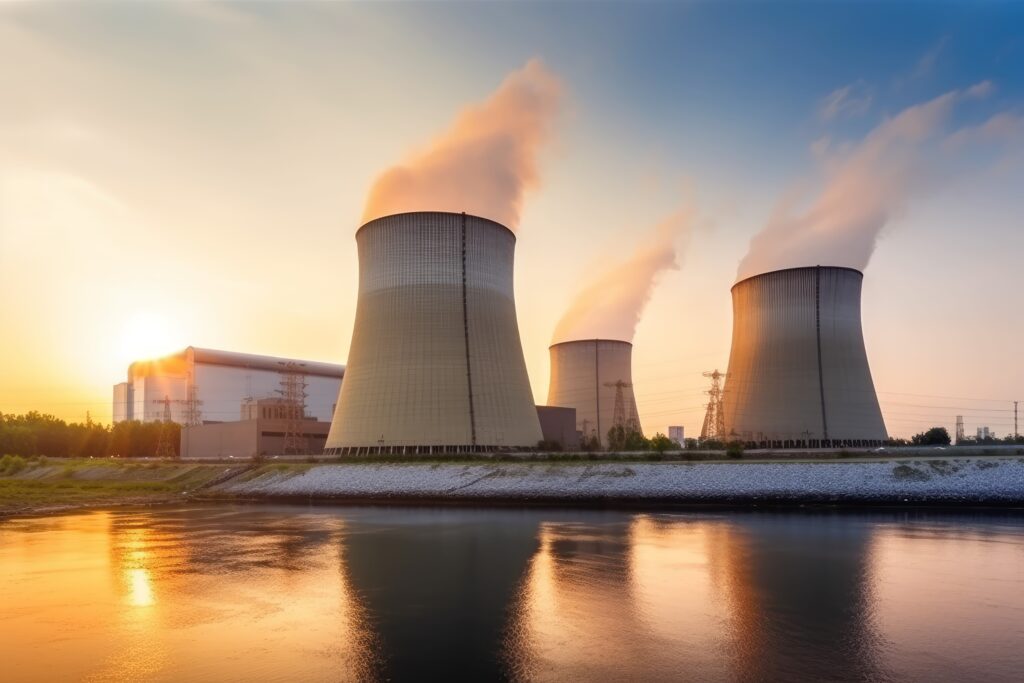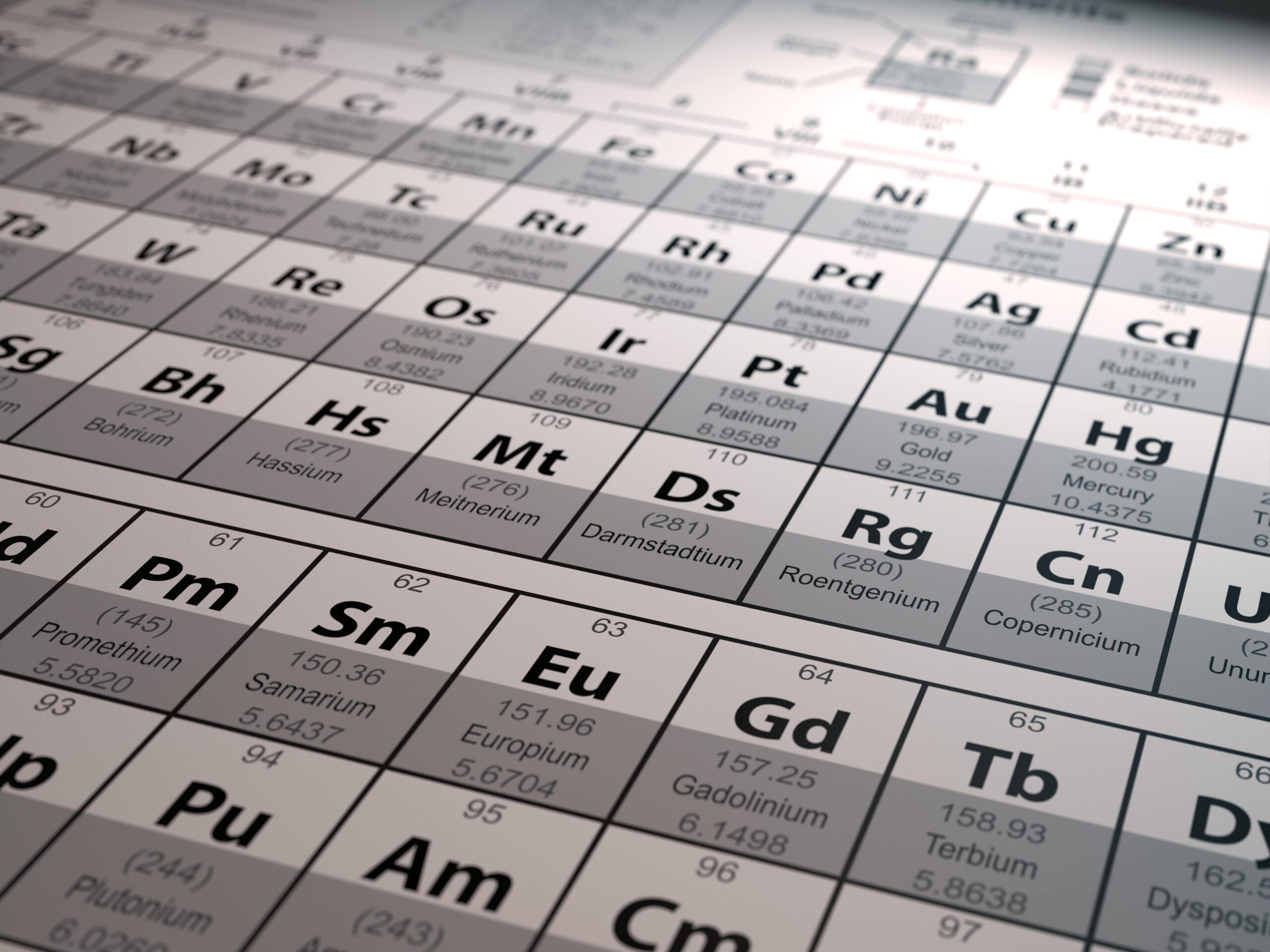Hello, everyone. My name is Daichi, an expert providing the information on the radiation issues in an easy-to-understand manner.
Today, I would like to respond to the following questions:
– What kind of radioactive materials were released into the environment after the accident of the Fukushima Daiichi Nuclear Power Plant?
– Which kind of radioactive materials are needed to be cared about, among the radioactive materials?
Table of contents of this article
- Radionuclides released due to the accident of the Fukushima Daiichi Nuclear Power Plant
- Iodine-131
- Cesium-134
- Cesium-137
- Other radioactive materials
- Summary
I have been involved with the radiation-relevant issues, like the policy on the decontamination activities and the management of the Interim Storage Facility, after the accident of the Fukushima Daiichi Nuclear Power Plant in 2011.
I received a doctorate in the field of radiation, while working in Fukushima.
Radionuclides released due to the accident of the Fukushima Daiichi Nuclear Power Plant
Based on some reports, the amounts and characteristics of the main radioactive materials released into the environment after the accident of the Fukushima Daiichi Nuclear Power Plant can be summarized in the below table.
| Physical half life | Boiling point (℃) | Melting point (℃) | Amount released into the environment (PBq) | |
|---|---|---|---|---|
| Xe-133 | 5 days | -108 | -112 | 11000 |
| I-131 | 8 days | 184 | 114 | 160 |
| Cs-134 | 2 years | 678 | 28 | 18 |
| Cs-137 | 30 years | 678 | 28 | 15 |
| Sr-90 | 29 years | 1380 | 769 | 0.14 |
| Pu-239 | 24100 years | 3235 | 640 | 3.2×10^(-6) |
(Reference) ICRP Pub72, Rikagaku Jiten5th edition (5th), Report of Japanese Government to the IAEA Ministerial Conference on Nuclear Safety
Amongst them, the radioactive materials which are especially needed to be cared about, are iodine-131, cesium-134 and cesium-137.
Characteristic of each radionuclide is summarized below.
Please visit this article for the detail of the stable isotope and the radioactive isotope.
Iodine-131

Iodine-131 has 184 degrees celsius of boiling point and 114 degrees celsius of melting point.
Therefore it is less volatile compared with cesium described later, and it is usually dispersed and deposited in closer areas from the point of release, if accidents could happen.
Its physical half-life is around 8 days and it is shorter than other radioactive materials released after the accident of the Fukushima Daiichi Nuclear Power Plant, so its impact on people usually decreases faster, compared with other released radioactive materials.
Iodine is abundantly included in seaweeds like kelp and is a main element to produce thyroid hormone.
The thyroid hormone plays an very important role to promote metabolism, as well as growth and development of bodies and brain of children, therefore the element iodine is also very important material.
Thyroid incorporates, however, radioactive iodine, without differentiating iodine-133, radioisotope, with iodine-127, stable isotope.
That could cause thyroid cancer, when exposure dose is very high, therefore it needs to be cared about.
After the accident of the Chornobyl Nuclear Power Plant in 1986, children who are exposed by iodine-133 deposited onto the ground, or who ate foods contaminated in the food chain processes like vegetables, milk, meat, were actually suffered from childhood thyroid cancer.
In case of the Fukushima Accident, the national government or other relevant authorities have so far come to the conclusion, that there is no causality between exposure to radiation derived from the accident and thyroid cancer, but further survey will be continuously implemented.
This would be also explained in detail taking an opportunity.
(Reference) Wikipedia (Iodine-131)
Cesium-134

Cesium is a naturally occurring element, although its amount is not so large.
Cesium-134 is, however, one of major fission products of uranium, therefore it is produced in nuclear reactors during nuclear power generation.
Its boiling point is 678 degrees celsius and melting point is 28 degrees celsius.
Therefore it is dispersed far in the form of gas, shortly after it is released into the environment, for example, after the accident of a nuclear power plant.
It is deposited onto the ground, via atmosphere or rain after it is gradually cooled and its temperature becomes lower than the melting point.
Its physical half-life is around 2 years, and its influence on the environment decreases, sooner than cesium-137, one of radioisotopes, but it is needed to be cared about its impact, especially shortly after the accident.
(Reference) Wikipedia (Cesium-134)
Cesium-137

Cesium-137 is also one of major fission products of uranium during processes of nuclear power generation, as cesium-134.
Its chemical characteristic is same with cesium-134: its boiling point is 678 degrees celsius and melting point is 28 degrees celsius.
If an accident of a nuclear power plant occurs, it is once dispersed far in a gaseous form and after that it is deposited onto to the ground, via atmosphere or rain, after its temperature gradually decreases.
One of differences from cesium-134 is its physical half-life.
It has comparatively long physical half-life of 30 years, so it is an element to be cared about most, in terms of middle or long term perspective.
(Reference) Wikipedia (Cesium-137)
Other radioactive materials
Radioactive materials, which need to be especially cared about, are 3 materials as mentioned above, but other released radioactive materials are briefly touched upon below.
Xenon-133

Xenon-133 is the most dominant radioactive material in terms of the amount of radioactivity released, but it has a relatively short physical half-life of 5 days, and it is very volatile, because it has very low boiling and melting point.
Therefore, direct exposure to plume shortly after the accident needs to be cared about, but basically it will not be deposited onto the ground and its impact will be sooner or later decreased.
(Reference) Wikipedia (Isotopes of xenon)
Strontium-90

Physical half-life of strontium-90 is around 29 years, almost same with cesium-137.
In addition, its chemical characteristic is similar to calcium, therefore, once it is taken into a body, it tends to be accumulated into bones, and it has a characteristic long biological half-life.
It has relatively high boiling point (1,380 degrees celsius) and melting point (769 degrees celsius), so it is less volatile and it doesn’t travel so far.
Once it is released into the environment, it is dispersed comparatively in the vicinity of a point of release.
The released amount, however, is estimated as around one 100th of radioactive cesium, in the case of the Fukushima accident, and it has been revealed that its impact is within that caused by past atmospheric nuclear weapon tests, according to the result of soil investigation.
(Reference) Wikipedia (Strontium-90)
Plutonium-239

Taking account of its high fissionability, plutonium-239 has been used as one of materials of nuclear fuels, as well as materials for nuclear weapon.
It is also one of major fission products in nuclear power stations, and has a quite long physical half-life of around 24,100 years, and once it is released, it remains in the environment for a very long time.
It also has a high boiling point (3,235 degrees celsius) and a melting point (640 degrees celsius) with low volatility, so once it is released into the environment, it will be dispersed comparatively in the vicinity of a point of release, same as strontium.
The released amount, however, is estimated very lower than radioactive cesium, in the case of the Fukushima accident, and it has been revealed that its impact is within that caused by past atmospheric nuclear weapon tests, according to the result of soil investigation.
(Reference) Wikipedia (Plutonium-239)
Summary
Kinds and amount of radioactive materials released into the environment, after the accident of the Fukushima Daiichi Nuclear Power Plant are explained.
Amongst them, the following three kinds of radioactive materials are specifically elaborated, which need to be especially cared about.
– Iodine-131
– Cesium-134
– Cesium-137
By the way, abovementioned contents are summarized in the following videos.
It would be appreciated to visit them at your convenience.
– Japanese version
– English version
You can read the same article in Japanese here.
Thank you very much for reading this article.
See you next time!



コメント